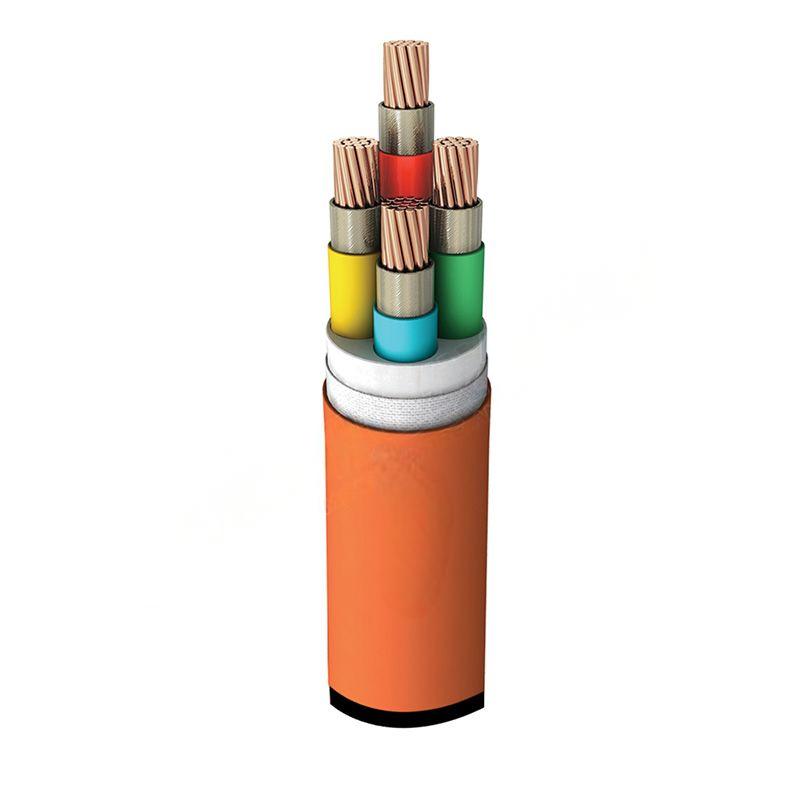10 月 . 18, 2024 13:50 Back to list
Counterweighted Check Valve Design for Enhanced Performance and Reliability in Fluid Systems
Understanding the Check Valve with Counterweight A Comprehensive Overview
Check valves play a pivotal role in various fluid control systems, ensuring that fluid flows in one direction while preventing backflow. Among the different types of check valves, the check valve with counterweight stands out for its unique design and operational benefits. This innovation enhances the performance of traditional check valves, making it a valuable component in a variety of applications.
A check valve with counterweight functions by utilizing gravity to assist in its operation. Typically, a regular check valve relies on the pressure of the fluid to open and close. However, in a check valve with a counterweight, additional weight is strategically placed on the valve disc. This counterweight aids in sealing the valve when the fluid flow stops, ensuring that no reverse flow occurs. This mechanism is particularly advantageous in systems where backflow can cause significant problems, such as in water supply systems, chemical processing, and even sewage treatment applications.
check valve with counterweight

The key advantage of using a check valve with counterweight is its ability to operate effectively under varying pressure conditions. Since the counterweight helps to close the valve more securely, it reduces the risk of leaks and contamination from reverse flow. Moreover, this design minimizes the wear and tear on the valve components, leading to a longer operational lifespan. As a result, maintenance costs are reduced, making it a cost-effective solution for many industries.
Another significant benefit of this type of check valve is its adaptability. The counterweight can be adjusted to suit specific fluid dynamics and pressure levels, allowing for customized performance based on the unique requirements of each system. This flexibility makes check valves with counterweights an attractive option for engineers and designers looking to optimize fluid control in complex systems.
In conclusion, the check valve with counterweight represents a sophisticated advancement in fluid control technology. By combining the traditional functionalities of a check valve with the added benefits of a counterweight mechanism, these valves provide enhanced reliability, efficiency, and adaptability. As industries continue to seek solutions to improve system performance and reduce operational costs, the check valve with counterweight is likely to gain even more prominence in fluid management applications. Thus, understanding its operation and advantages is essential for professionals involved in engineering and fluid dynamics.
Share
-
Understanding the Differences Between Wafer Type Butterfly Valve and Lugged Butterfly ValveNewsOct.25,2024
-
The Efficiency of Wafer Type Butterfly Valve and Lugged Butterfly ValveNewsOct.25,2024
-
The Ultimate Guide to Industrial Swing Check Valve: Performance, Installation, and MaintenanceNewsOct.25,2024
-
Superior Performance with Industrial Swing Check Valve: The Essential Valve for Any SystemNewsOct.25,2024
-
Industrial Swing Check Valve: The Ideal Solution for Flow ControlNewsOct.25,2024
-
You Need to Know About Industrial Swing Check Valve: Functionality, Scope, and PerformanceNewsOct.25,2024